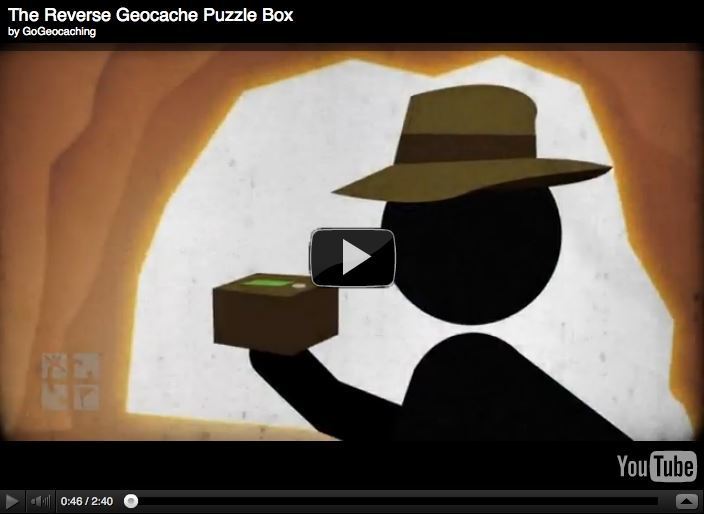Chestnut-Crowned Babbler
Pomatostomus ruficeps
Pomatostomidae
Like all of Australia’s babblers, the Chestnut-crowned Babbler occurs in boisterous groups which breed co-operatively. These noisy flocks forage on the ground, taking insects from the leaf litter, turning over debris or digging in the soil, all the while hopping forward so that the group moves in a slow progression. When disturbed, they hop or fly to the nearby cover of trees or shrubs, accompanied by a chattering alarm call, and then either hide among the foliage or move, one by one, from one tree to the next.
Description
The Chestnut-crowned Babbler is a medium-sized dark brown-grey bird with a white throat and white-tipped tail and a rather long and down-curved bill. Like other babblers, it has a distinct white eye stripe but can be identified by the distinctive chestnut colouring on its head (crown and nape) and two white stripes on the wing coverts. It has short rounded wings and a long tail with a rounded tip. It is a very active bird that participates in noisy social activity. It is typically seen in groups of four to fifteen birds. They participate in activities such as dust-bathing, preening and feeding as a group. The Chestnut-crowned Babbler is also known as the Red-capped Babbler, Rufous-crowned Babbler or Chatterer.
Similar Species
The Chestnut-crowned Babbler appears longer and slimmer than the other babblers and is much smaller than the Grey-crowned Babbler, P. temporalis. The chestnut cap and narrow white eyebrow help to identify it.
Distribution
The Chestnut-crowned Babbler is endemic to inland south-eastern Australia, being found in western New South Wales, south-western Queensland, eastern South Australia and north-western Victoria.
Habitat
The Chestnut-crowned Babbler occurs in arid and semi-arid woodlands, shrublands with bare ground and dense or tall shrubs and trees.
Feeding
The Chestnut-crowned Babbler feeds on insects, spiders, small amphibians, crustaceans and reptiles. It also eats fruits and seeds.
Breeding
Little is known of the Chestnut-crowned Babbler's breeding habits. Even though the parents are monogamous pairs, they are cooperative breeders with groups comprising two to four breeding pairs and two to eight non-breeding helpers.They build a dome-shaped nest of sticks, with groups building multiple nests, placed in small forks in the upper canopy of trees or shrubs. Large clutches found in brood nests may be from more than one pair of babblers.
The cache is NOT at the posted coordinates
This Wherigo converts your player into a virtual version of the "Reverse Cache Box" which tells you the bearing to the cache, but not the distance. You may begin your search from any spot in the world using your Smartphone or Whereigo compatible GPS to navigate to the cache.
**As the cartridge produces whole number degrees, the triangulation is not accurate from long distances especially if the 2 readings are taken close together producing an acute angle at intersection, so don't be disheartened by a GZ that seems wrong, go near there and take more readings.**

The cartridge was created by day1976 and is available to download from the wherigo website. day1976's Open Source Reverse Wherigo .
Start up the player, find and load the cartridge. > NewGame > Find a Geocache > Answer > Enter First Code > xxxxx > Answer > Enter Second Code > xxxxx > Answer > The bearing to this Geocache is xxx degrees. This bearing is from where you are standing. It is now up to you how many times you relocate and obtain different bearings so as to triangulate the cache. The ultimate goal would be to find the cache with just one bearing reading, but for most, it would need a minimum of two bearings. Bearings are with respect to True North, so If using an OS map, allowances will have to be made, as Grid North, Magnetic North, and True North are all different!
To begin, you will have to type these two codes into your player when prompted:
jl3n9
h0441
It is suggested that you take the code with you on your journey. It will be needed if it becomes necessary to restart your player for any reason.
Have Fun!
How to download the Whereigo Cartridge
You may begin your search from any spot in the world using a Whereigo compatible GPS unit or phone app.
Link to day1976's Open Source Reverse Wherigo cartridge.
Log into wherigo.com using your geocaching.com player name and password. The cartridge type used on phone apps is the Pocket PC Device.